10 cloud security compliance frameworks and best practices
Cloud adoption continues to soar, with end-user cloud spending expected to hit $678.8 billion in 2024. Many businesses and enterprises are turning to the cloud to host their data, websites, and apps.
However, with cloud usage gaining global popularity, security has become a major concern. Regulations governing the safe handling of sensitive data have become stricter.
Cyberattacks and data breaches have become increasingly common as attackers focus on cloud assets and are now leaning away from data stored on-premises.
As a result, regulatory bodies have created cloud compliance frameworks to establish best security practices. Some businesses are legally required to follow them, while others choose to do so for heightened security.
If you’re interested in adopting a cloud security compliance framework and implementing best practices for multi-layered protection, you’re in the right place.
Key points
- Cloud security compliance is essential for protecting business-critical data and adhering to industry regulations in cloud environments.
- The shared responsibility model splits the security and compliance burden between the cloud provider and your business.
- Popular cloud compliance frameworks include CSA, FedRAMP, GDPR, ISO, NIST, SOC, HIPAA, PCI DSS, and C5.
- Cloud security best practices include risk assessments, developing security policies, encryption, data classification, setting up access controls, employee training, automation, and using a private cloud infrastructure.
Here’s what we’ll cover:
What is cloud security compliance?
Almost every online business is bound to some sort of law regarding how it handles sensitive data. Adhering to the regulations and guidelines about maintaining privacy and protecting data in the cloud is known as cloud security compliance.
Different industries are bound to different frameworks. HIPAA protects patient information in healthcare organizations; financial services comply with PCI DSS to secure credit card data; and all businesses collecting data from the EU must adhere to the GDPR.
Some of these are just industry standards. Others, like the GDPR and HIPAA, are mandated by law. And some are voluntarily adopted.
The shared responsibility model and cloud compliance
Cloud security compliance is not the sole responsibility of your organization or your cloud service provider — it’s a shared responsibility.
The cloud provider is responsible for:
- Securing and maintaining the infrastructure on which their cloud services run, including hardware and software.
- Updating and managing the cloud services and systems they offer.
- Applying software updates and patches in some cases.
- Ensuring services remain available according to their service-level agreement.
And here’s what you are responsible for:
- Deploying and managing virtual machines.
- Managing individual software, firewall, and networking configuration.
- Implementing strict access control policies and securing endpoints that access cloud services.
- Encrypting data.
- Ensuring operations meet regulatory requirements.
The exact responsibilities can vary depending on the organization. Some managed cloud providers may deploy your VMs or handle security management. Most cloud providers have a shared responsibility page providing further information.
As for cloud security compliance, the cloud provider’s infrastructure is audited by a regulatory organization and certified to provide compliant infrastructure. While the provider may offer automated scans that can point out potential issues, it’s up to you to implement and maintain these cloud compliance frameworks.
10 cloud compliance frameworks
Cloud compliance frameworks are structured guidelines and best practices designed to help organizations secure cloud environments and comply with specific regulations.
Being compliant means following the regulations to the letter and using any compliance scans your cloud provider offers to check for mistakes. You’ll also need to audit your security practices regularly.
While some frameworks are specifically tailored to industries like government or healthcare, any organization can adopt them.
If you’re not sure where to start, the VMware Trust Center has plenty of resources on cloud compliance programs. For now, here are the top 10 cloud compliance frameworks in 2024.
Cloud Security Alliance (CSA)
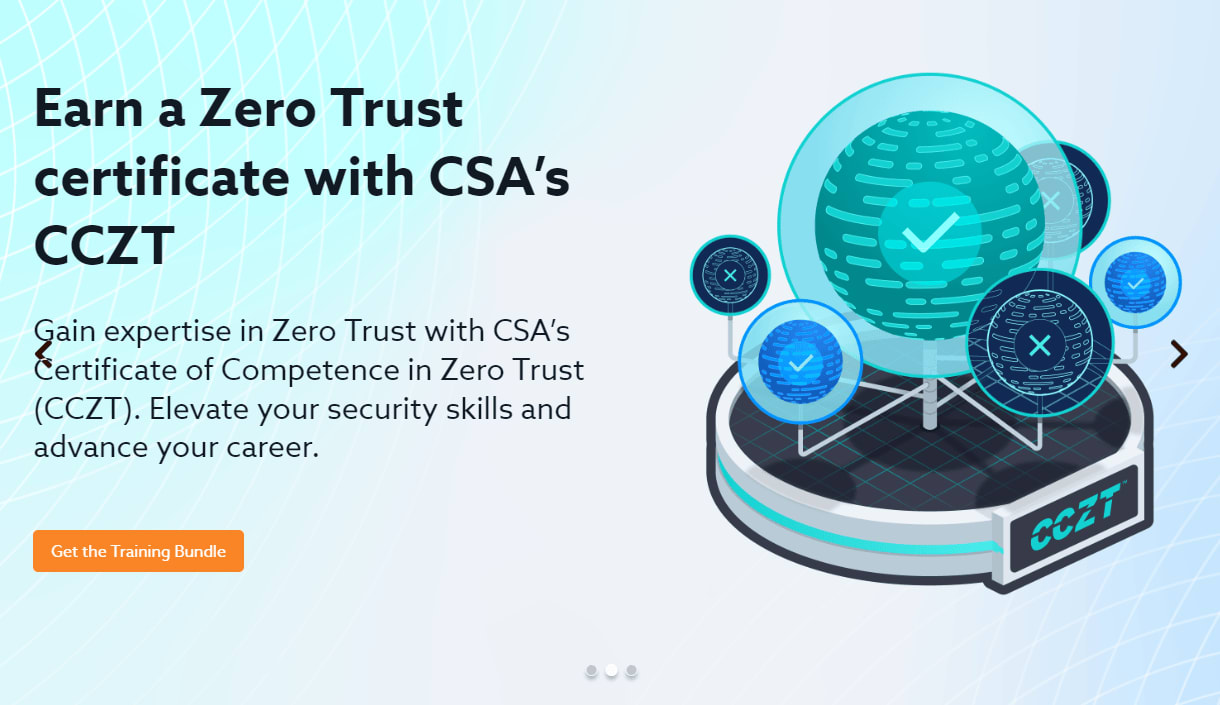
The Cloud Security Alliance is an organization dedicated to promoting cloud security best practices. They’ve developed several cloud security frameworks, including:
- CCM (Cloud Controls Matrix): CCM is a cybersecurity control framework for cloud environments, with 197 control objectives within 17 domains. These are the fundamental security principles cloud vendors should follow.
- STAR (Security, Trust, Assurance, and Risk): STAR is a comprehensive registry of privacy and security controls provided by cloud computing services, including CCM standards. STAR certification proves a cloud provider is adhering to modern security requirements.
While CSA certifications are intended for cloud providers, you can use these to understand the security measures you should expect from them and inform your policies.
FedRAMP
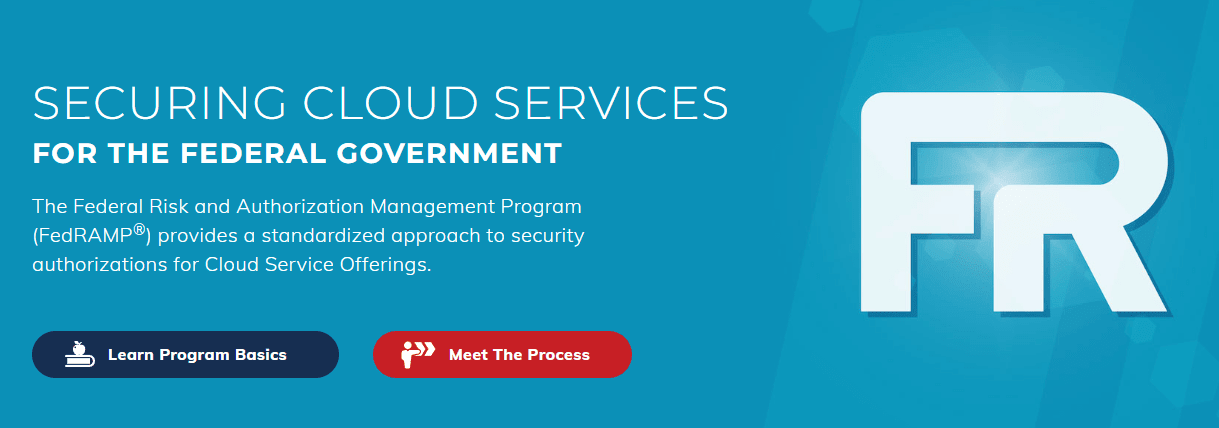
The Federal Risk and Authorization Management Program (FedRAMP) is a standardized set of compliance requirements made by and for U.S. government agencies.
Despite this, any organization is free to follow its stringent standards. If your business is interfacing with federal agencies, you may be required to uphold them.
There’s also StateRAMP — a similar program made for state governments in the U.S.
General Data Protection Regulation (GDPR)
The GDPR made waves when it came into effect in 2018, and organizations around the world still adhere to its requirements. This regulation mandates stringent data protection standards for any company operating in the European Union — even remotely.
While not specifically a cloud compliance framework, following GDPR is essential if you accept payment from or process data from EU citizens, regardless of the company's location.
International Organization for Standardization (ISO)
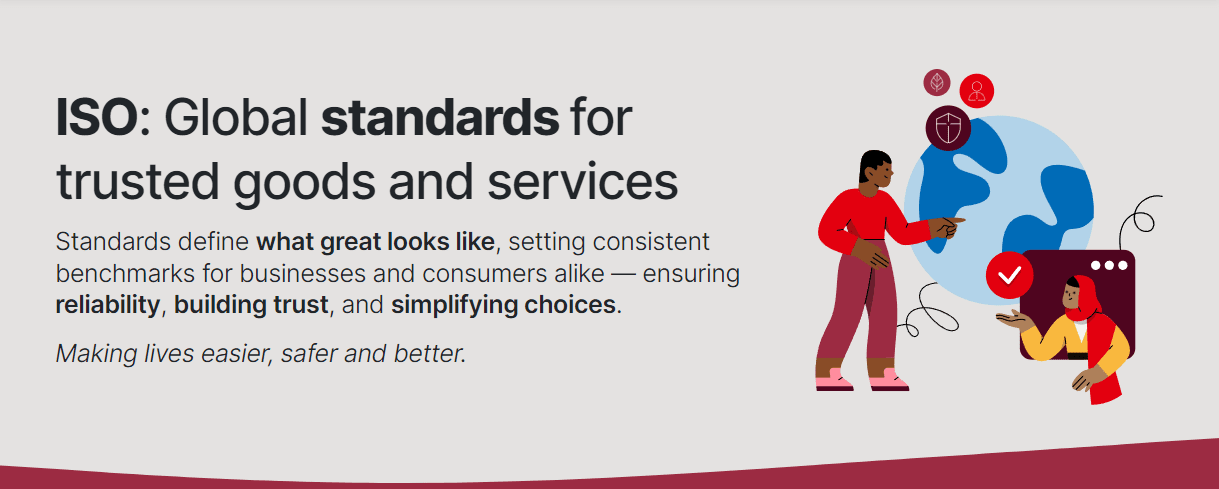
As its name implies, ISO’s goal is to standardize technology and security internationally. There are dozens of standards for all aspects of technology, but these are most applicable to the cloud:
- ISO 27001 — Information Security Management System (ISMS) standardizes the approach to managing sensitive company information, including cloud-based data.
- ISO 27017 — Code of practice for information security controls specific to cloud services, providing additional guidance on implementing security controls in cloud environments.
- ISO 27018 — Focuses on protecting personally identifiable information (PII) in public cloud services, offering guidelines for data protection and privacy for cloud service providers.
All of these focus on information security management, handling sensitive company data, and protecting personal information in the cloud.
VMware Cloud Well-Architected Framework
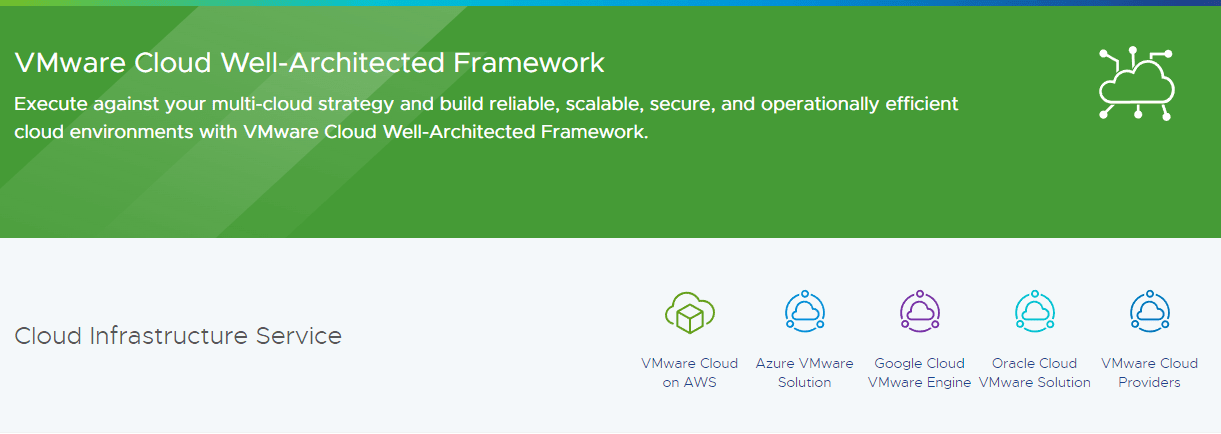
VMware has created its cloud compliance framework, the Well-Architected Framework, a set of design principles intended to help organizations build secure, high-performing, resilient, and efficient infrastructure within VMware environments.
NIST Cybersecurity Framework
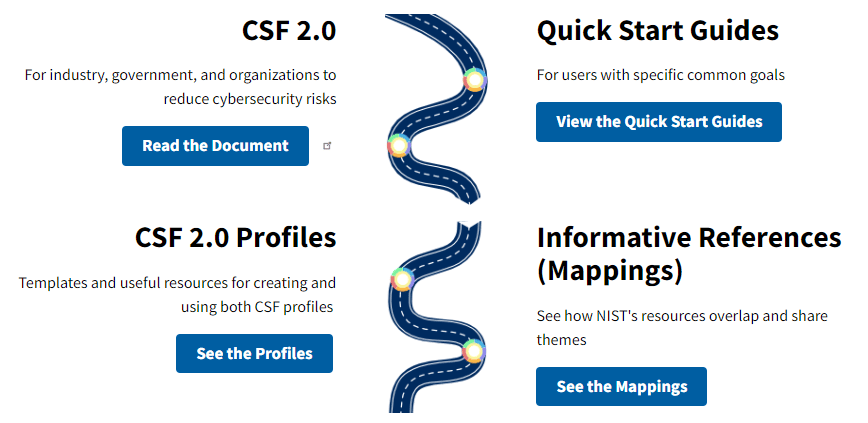
The NIST Cybersecurity Framework is an optional framework primarily intended to improve critical infrastructure cybersecurity in the United States. Though not specifically tailored to cloud environments, it can be used by organizations of any size or region to strengthen data security.
System and Organization Controls (SOC)

The American Institute of Certified Public Accountants developed SOC frameworks, which help various service organizations apply information security best practices.
SOC 2 is a compliance standard designed to protect data from breaches and other vulnerabilities. SOC 2 reports and audits are intended for a limited audience, while SOC 3 reports are similar but public-facing.
Health Insurance Portability and Accountability Act (HIPAA)
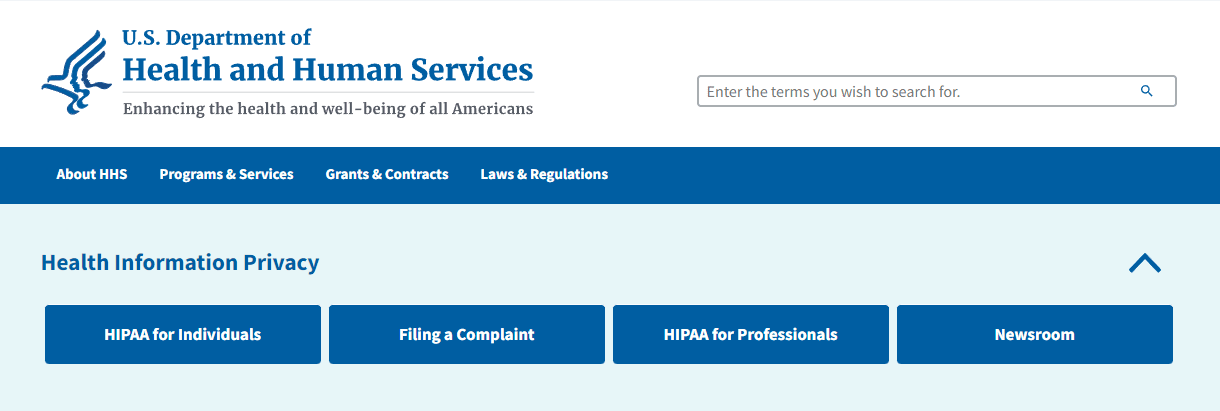
HIPAA sets the standard for handling patient information in the U.S. Any organization that handles sensitive health information must ensure its infrastructure and policies follow HIPAA mandates.
While HIPAA isn’t specifically a cloud compliance framework, this regulatory framework is relevant to healthcare organizations using cloud infrastructure.
Payment Card Industry Data Security Standard (PCI DSS)

PCI DSS is a set of rules that ensure customers complete online transactions in a secure environment. It’s a compilation of twelve specific requirements you must comply with if you accept and process credit card payments.
Compliance with PCI DSS is not optional — it’s a requirement for ecommerce businesses. Non-compliance could result in hefty fines.
Cloud Computing Compliance Controls Catalog (C5)
Backed by the German government, C5 is a compliance framework intended to help organizations assess the security of cloud services. It’s especially relevant for companies that regularly handle sensitive data and serves as a benchmark for comparing security standards across different cloud services.
10 best practices for cloud security compliance
At a glance, cloud security compliance may seem overwhelming, especially because there are numerous frameworks to follow. Here are some proven guidelines to streamline the process.
Conduct a risk assessment
Before anything else, conduct a risk assessment of your cloud infrastructure and policies. This will identify any weaknesses in your systems that you can address.
Here’s how to do it:
- Define the scope of your assessment —What systems and data need protection and auditing?
- Identify potential threats — Assess these systems for vulnerabilities and determine the likelihood of an attack.
- Prioritize the risk — Sort security risks based on potential impact and develop strategies to mitigate them.
Regular risk management and assessment ensure your security measures remain effective and compliant in the long term.
Develop robust cloud security policies
Creating new cloud security policies or updating existing ones in response to your risk assessment is the next logical step.
Define how specific data will be shared and protected in the cloud. This requires you to create security policies that address encryption, access controls, data handling, and incident response. Also, a cloud security framework should be followed to enforce these policies consistently across all cloud services.
Back up and encrypt sensitive data
In cloud security, there are two fundamental practices: backing up everything and encrypting any sensitive or private data.
Most companies report that at least 40% of their cloud data is sensitive. So, it’s safe to encrypt data both at rest and in transit.
To take your cloud security practices up a notch, you need to regularly backup your files. The best part is you don’t have to do it manually. With automation tools, you can schedule backups as frequently as you want.
Set up access controls
Assess employee roles within your organization to determine the appropriate access level for each team member. After setting up access controls, you’ll need to regularly review these policies and test them to mitigate data leaks.
Implement data classification
Some data are more critical than others. Classifying them based on priority levels can inform your security policies. Many systems classify data using a “low” to “restricted” scale.
For example, anything on your public-facing website doesn’t need to be encrypted. It’s already out there for everyone to see, so this is a low-priority dataset.
On the other hand, sensitive data, such as private records, should be guarded but wouldn’t cause too much harm if leaked. So, they’re a medium priority.
However, credit card numbers, healthcare information, and login credentials are the highest priority. Such datasets require robust security measures (e.g., encryption and access controls) and strict regulatory compliance.
Train employees
Human error accounts for 55% of all data breaches. So, your employees must be on guard against known cybercrimes, including phishing scams. They must also know how to respond to such threats.
Set up a training program tailored to your staff’s specific roles and responsibilities. This program will teach them about cybersecurity and its best practices. Create training materials (e.g., video tutorials and documentation) so they can learn at their own pace.
Automate business processes
Cloud automation significantly reduces the risk of human error. Besides backups, there are other workloads you can automate, such as incident response, application deployment, and provisioning.
By using artificial intelligence where possible, you can establish real-time monitoring, automatically manage security protocols, and ensure consistent compliance with cloud security frameworks.
Conduct frequent security audits
Every cloud security plan must include regular audits. At least once a year, assess your security policies, practices, technologies, and incident response plans to identify weaknesses and develop proactive measures to address them.
Penetration testing your security systems is another good practice to ensure data privacy. It simulates real-world attacks your cloud servers may face, helping your IT team identify vulnerabilities that can be exploited by cybercriminals.
Implement the Zero Trust model
Enforce strict identity verification for every person and device attempting to access resources on your company network. This also applies to those physically at the location.
Use a managed private cloud service
Opting for a managed private cloud platform ensures your underlying infrastructure is secure. These services provide a dedicated infrastructure you won’t share with other organizations. They also offer compliance framework auditing scans and other advanced security features.
With Liquid Web’s managed dedicated cloud hosting, you’ll get all the IT support and assistance you need as a new server owner. This means you can seamlessly adopt cloud computing without any specialized knowledge.
Final thoughts: Cloud security compliance frameworks and best practices
If you’re running a business, you’ll have to deal with cloud security compliance sooner or later. Whether it’s the GDPR for handling EU data or PCI DSS as you securely store payment details, cloud compliance frameworks are a big part of securing your cloud environment.
By adhering to a cloud compliance framework and following these best practices, you’ll safeguard personal data and avoid penalties for non-compliance.
For a solid foundation, choose a cloud host that takes security seriously. Liquid Web is one such host. We provide a secure cloud infrastructure that ensures 100% uptime for business-critical workflows.
Plus, we uphold our end of the shared responsibility model — the rest is up to you.
Related Resources
Trending

Luke Cavanagh
Product Operations Manager at Liquid Web. Devoted husband and Tween wrangler. Synthwave enthusiast. Jerry Goldsmith fan. Doctor Who fan and related gubbins.
Keep up to date with the latest Hosting news.



